Rachel Boyd finished Secondary School this year and will start the Portfolio preparation course at Tramway’s Open Studio in August. She collaborated with Glasgow CAMRA to produce the logo for this year’s Glasgow Real Ale Festival (GRAF), and has worked alongside Hamilton Sculptor Allan Potter to produce a design for The Merryton Roundabout Project, entitled ‘Working Hands’, commissioned in August 2011.
As a major focus of the GENERATION festival is to engage a younger audience, The Glasgow School of Art asked 18 year old Rachel to review Graham Fagen’s exhibition – Cabbages in an Orchard; The formers and forms of Charles Rennie Mackintosh and Graham Fagen. She interviewed Graham and her review of his exhibition which is currently on display at the GSA’s Reid Building is below.
—
My first confrontation with the Reid Gallery was met with the intrusion of faceless teeth.
Open, vast and echoing; I entered in through the mouth of the Reid Gallery. Two giant, wooden doors enclose its gape. Launched in 2014, each new show brings forward the thought processes of each forthcoming artist into aesthetic contemplation. To paraphrase Jenny Brownrigg, Exhibitions Director of The Glasgow School of Art: “A gallery is almost like looking into someone’s head…”
In Cabbages in an Orchard; The formers and forms of Charles Rennie Mackintosh and Graham Fagen, contemporary Glasgow-based Artist Graham Fagen has manipulated the notions of “Nature, Thinking and Form.” Each element of this exhibition is divided into ‘Schemes’. ‘Scheme’, by definition, may relate to an ‘estate of social housing’ or the precise, intent arrangement of each artwork in kinship to another. Firstly, a Scheme for Consciousness. A series of faceless teeth, aligned randomly, group themselves on three separate walls of the exhibition. Taken primarily from a previous work, Under Heavy Manners (2011), Fagen projects a sensory approach to representing the most common of human forms – our teeth, felt with our tongues; front teeth, then back. Their sculptural relations, titled Scheme for Support, are just as tactile. All three of these toothy impressions (divided into three separate sculptures) were supported by mounts of concrete pillars. In one, the bloodied, gummy-looking mould presides over a ceramic mould of two clenched fists, expressing the distance between the teeth and the hands; thinking and doing. Unlike Under Heavy Manners, these newer developments attempt to “draw consciousness”:
“I argue that everybody in the world has teeth, we’ve all got them, and at the same time, they’re unique. But they are a form, they do a job. Another thing we’ve all got is a consciousness – but you can’t see consciousness in the same way you see teeth. I think that’s what I’m interested in; a collective consciousness…the consciousness of a community, or a culture, but also of the individual.”
Scheme of Consciousness continues. Indian ink – in variants of colour, size and shape – penetrate through paper, manifesting each twinge and trip of feeling as we drag ourselves along missing fillings; the enamel detail hinting at long-softened veneers. “Perhaps all heads are mine…but no two heads are the same; No two thoughts are the same – perhaps that’s what thinking is like, what consciousness is like.” As Fagen muses, these inverted views of the skull – marked by two bulbous splodges of ink, nostrils or eyes – delve deep into our ‘roots’.
The title of this exhibition is another point of interest when considering the gallery as a thinking space. ‘Formers and Forms’ is a phrase coined by Fagen to describe his creative practice. It refers both to what defines our character – the formers of location, family background, childhood and occupation – but also to anatomical, even architectural, structures which ‘form’ the environment and encapsulate our strongest sense of being.
One such ‘former’ is exemplified within Scheme for a Cannabis Tree House. Consisting of a collection of photographs taken from Fagen’s background growing up in the Scottish New Town of Irvine, he seems to pinpoint his greatest influences upon some very ordinary landmarks: a tree, collared by an old tyre; the outside of his childhood home; a rosebush in the garden. Original colour images are juxtaposed by their opposites – inverted colour schemes that imply an exuberant ‘flipside’ to a typical suburban upbringing.
Charles Rennie Mackintosh’s Watercolour, Cabbages in an Orchard (1894), is reminiscent of such a concept. The young Mackintosh was christened as one of ‘The Immortals’ for a then revolutionary approach to visuals; visuals which transcended time and place in the name of creating small philosophies: one of which is evident in Cabbages in an Orchard. This subject matter, however banal, reincarnates the humble cabbage as a symbol of endurance. Use of purples, pinks and greens create a weighted undertone of ethereal beauty; highlighting the cabbage not as a vegetable or even as an object – but a balloon, hung high in the sky. Composition instils common ground between Fagen and Mackintosh. This symmetry between their works is emphasized in placing of the twelve ‘heads’ within Scheme of Consciousness to reflect the position of twelve Cabbages in Mackintosh’s Orchard.
Cabbages in an Orchard is featured alongside other Mackintosh watercolours The Tree of Influence (1896), and The Tree of Personal Growth (1896). These three watercolours were originally published in ‘The Magazine’; a student-run publication founded by Mackintosh and his peers – arguably, all of whom were the ‘formers’ for his creative development.
Mackintosh’s titular references to creative development almost insist upon his role not just as an artist, but as the philosopher to Fagen’s Sociologist:
“I like them [the watercolours] all the more for that sense of searching. I think what I’m always trying to do within my work is find something worth searching for.”
A notable influence upon the respective artists is their mutual focus on botany; intrinsically, the belief that the plant is at the core of all living things. Whilst Mackintosh endeavoured to preserve the meaning behind these symbolic forms through watercolour, Fagen’s pragmatic approach to Conceptualism once again relies upon preserving the literal, actual beauty behind nature. A realist at heart, his work Scheme for Nature features a fig tree cast in bronze. After casting, Fagen left the plant outside to ‘weather’ for about a year. This has since caused the plant to age and develop outside of its precious overcoat; allowing the viewer to observe a work of creation in its existing form.
Scheme of Conscience, a bronze sculpture, imitates the organic, linear form of Mackintosh’s watercolour trees. Each branch extends out toward cubes of concrete, mild steel, ceramic and gold lustre; united, alongside Scheme of Nature, in a quality of preciousness. The emblem of tree – at least, its capacity to grow, and establish itself within the soil – is symbolic of the potential of the human mind; an idea as significant to Fagen as it was to Mackintosh.
I left the gallery. Teeth gurned. A lone bronze tree, facing outward onto the Mackintosh Building, blinked in the light. The watercolours – more relevant now than ever – remained.
Cabbages in an Orchard; The formers and forms of Charles Rennie Mackintosh and Graham Fagen runs until 29 August at the GSA Reid Building. For more information about the exhibition, see the GSA website. To see more from Rachel Boyd, check out her blog.
More: Website | Twitter | Facebook
//////
See more Featured Blogs on Central Station here.


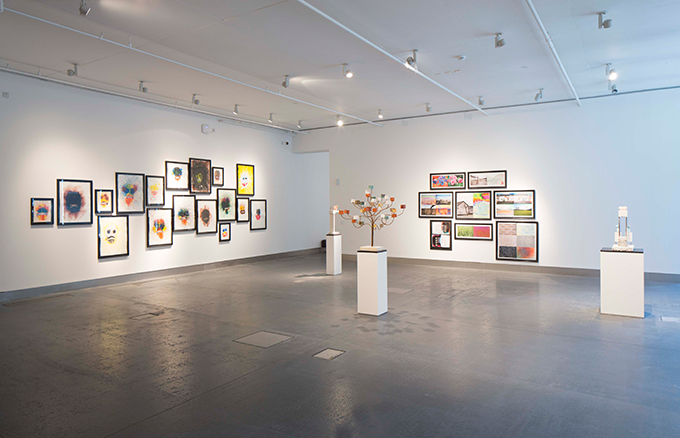
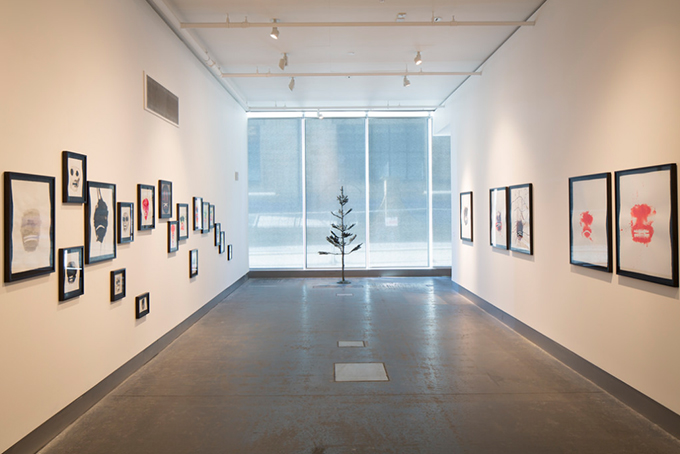
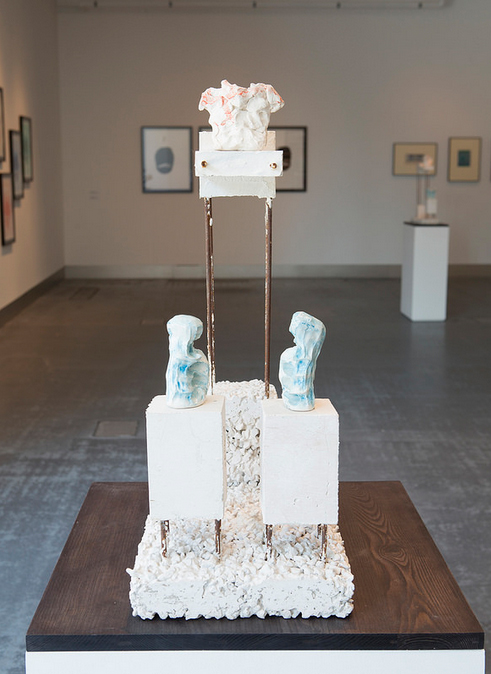
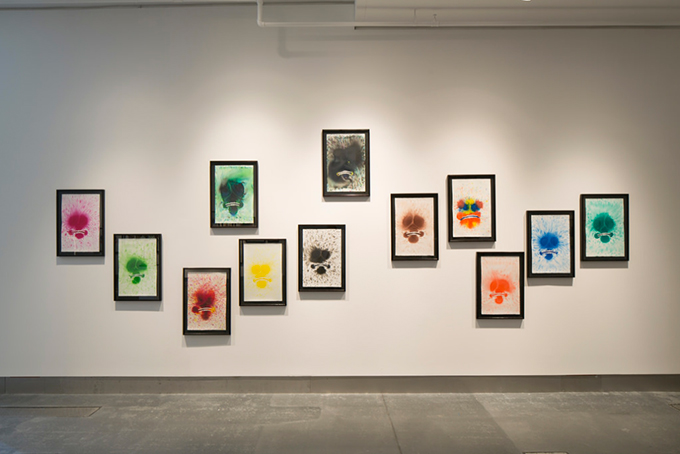
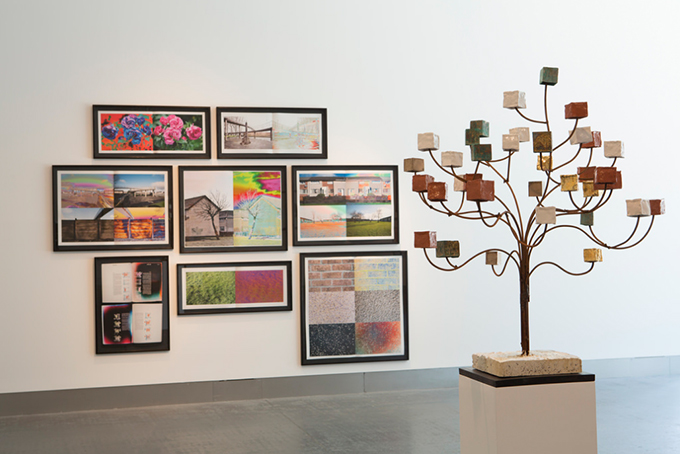
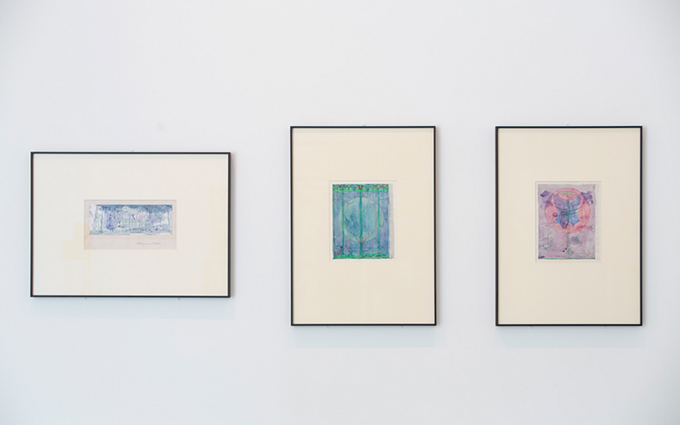
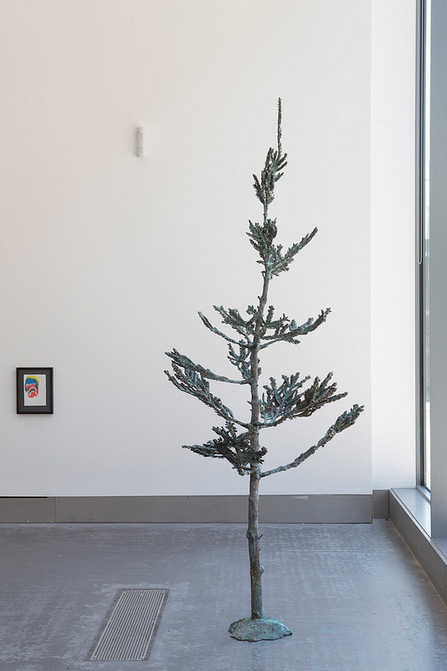
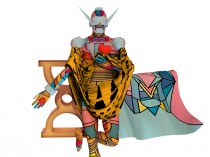
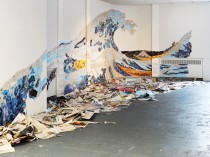
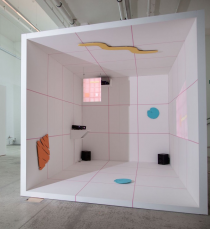









Comments